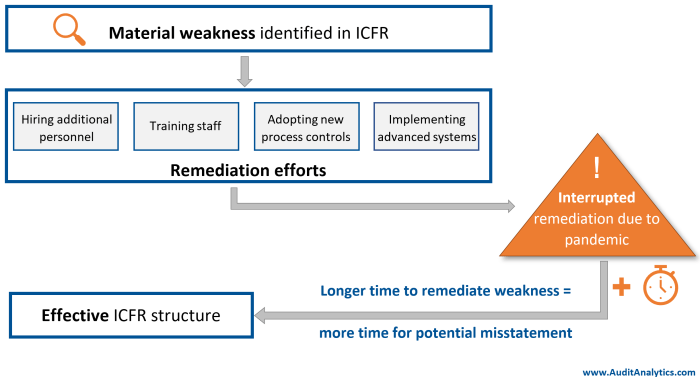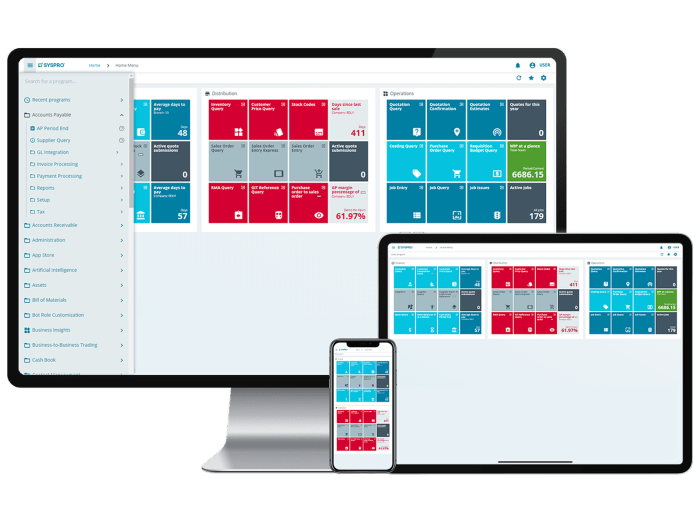Each of the following situations has an internal control weakness. Internal control weaknesses can lead to errors or fraud, and can have serious consequences for organizations. It is important to be aware of these weaknesses and to take steps to remediate them.
Internal control weaknesses can be caused by a variety of factors, including management’s tone at the top, the control environment, and the complexity of the organization’s operations. Weaknesses can impact financial reporting, operational efficiency, and compliance. Identifying and remediating internal control weaknesses is an important part of ensuring the accuracy of financial reporting, the efficiency of operations, and the compliance of the organization.
1. Common Internal Control Weaknesses

Organizations face numerous internal control weaknesses, including:
- Lack of segregation of duties
- Inadequate authorization procedures
- Poor recordkeeping
- Unreconciled accounts
- Lack of physical safeguards
These weaknesses can lead to errors or fraud, such as:
- Inaccurate financial reporting
- Theft of assets
- Misappropriation of funds
- Fraudulent disbursements
Q&A: Each Of The Following Situations Has An Internal Control Weakness.
What are the most common internal control weaknesses?
The most common internal control weaknesses include lack of segregation of duties, lack of authorization controls, and lack of reconciliation of accounts.
What are the consequences of internal control weaknesses?
The consequences of internal control weaknesses can include errors or fraud, which can lead to financial losses, reputational damage, and legal liability.
How can internal control weaknesses be remediated?
Internal control weaknesses can be remediated by implementing strong internal controls, such as segregation of duties, authorization controls, and reconciliation of accounts.


